
Our Time Has Come
Get to Know Idaho Wine
From the roomy winemaking landscape to the geographical gifts from Mother Earth herself, Idaho is prime grape-growing real estate. Over time, passionate growers and winemakers from all over began to take note of the diverse soils, warm days, and cool nights and thought to themselves, “don’t mind if I do.” Thanks to their talents, Idaho is no longer an “up-and-coming” wine growing destination. We’re prime time, baby. And the best is yet to come.

Facts & Stats
Three AVAs. Six Unique Wine Regions.
Six distinct wine regions, including three American Viticultural Areas (AVAs), make up Idaho wine country. An AVA is an official growing designation with qualities that make it unique. Each one has its own vibe and plenty to do, see, and experience.
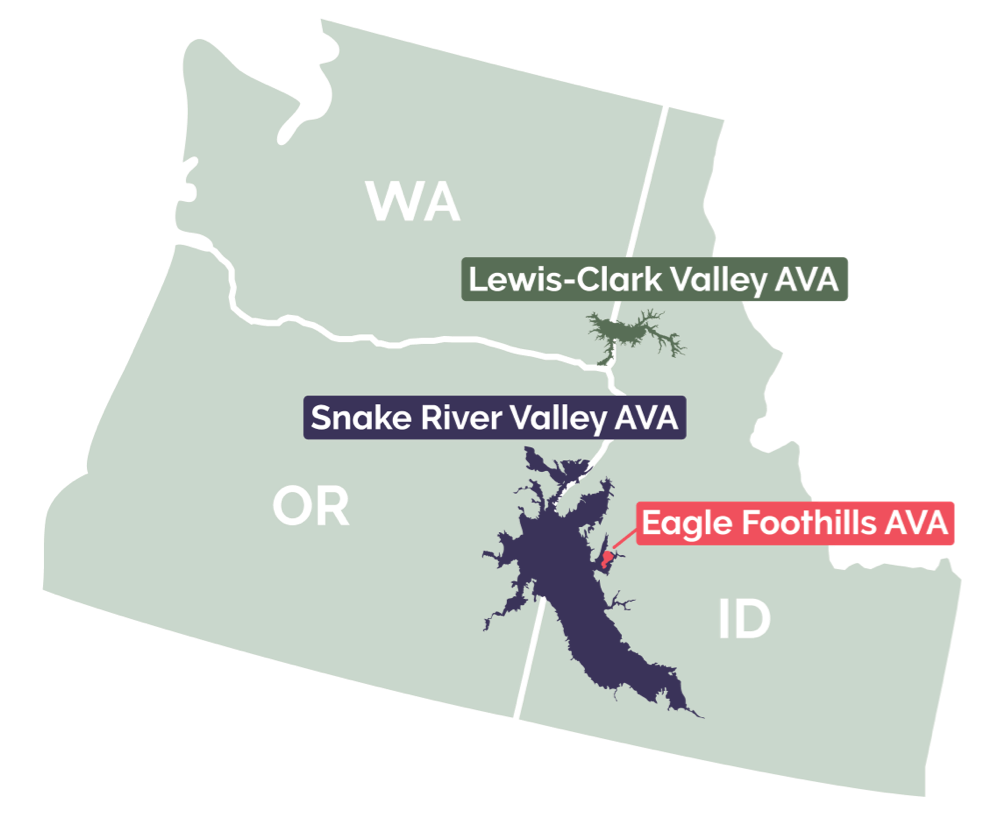
Our AVAs
Idaho’s American Viticultural Areas (AVAs) produce wine with distinctive (and delicious) characteristics.
Lewis-Clark Valley AVA
Known as a temperate-climate area that can produce high-quality grapes. In common parlance, it is called “the banana belt” of the inland Pacific Northwest for its warm, equable climate.
- Established on May 20, 2016
- Runs along the steep canyons of the Clearwater and mid-Snake Rivers and their tributaries
- Encompasses 479 square miles
- 100 vineyard acres currently planted
Snake River Valley AVA
A distinctive wine growing region whose ancient volcanic sediment has created fertile, well-draining soil that gives growers better control throughout the growing process.
- Established on April 9, 2007
- Overlays ancient Lake Idaho, with natural boundaries created by its former shoreline
- Encompasses 8,263 square miles
- 1,125 vineyard acres currently planted
Eagle Foothills AVA
An AVA within the larger Snake River Valley AVA—the only one located completely within the state of Idaho.
- Established on December 28, 2015
- Nestled in the foothills, which play an important role in sunlight reception, cold air drainage, and frost and wind protection
- Encompasses 49,815 acres fully within the Snake River Valley AVA
- 100 vineyard acres currently planted
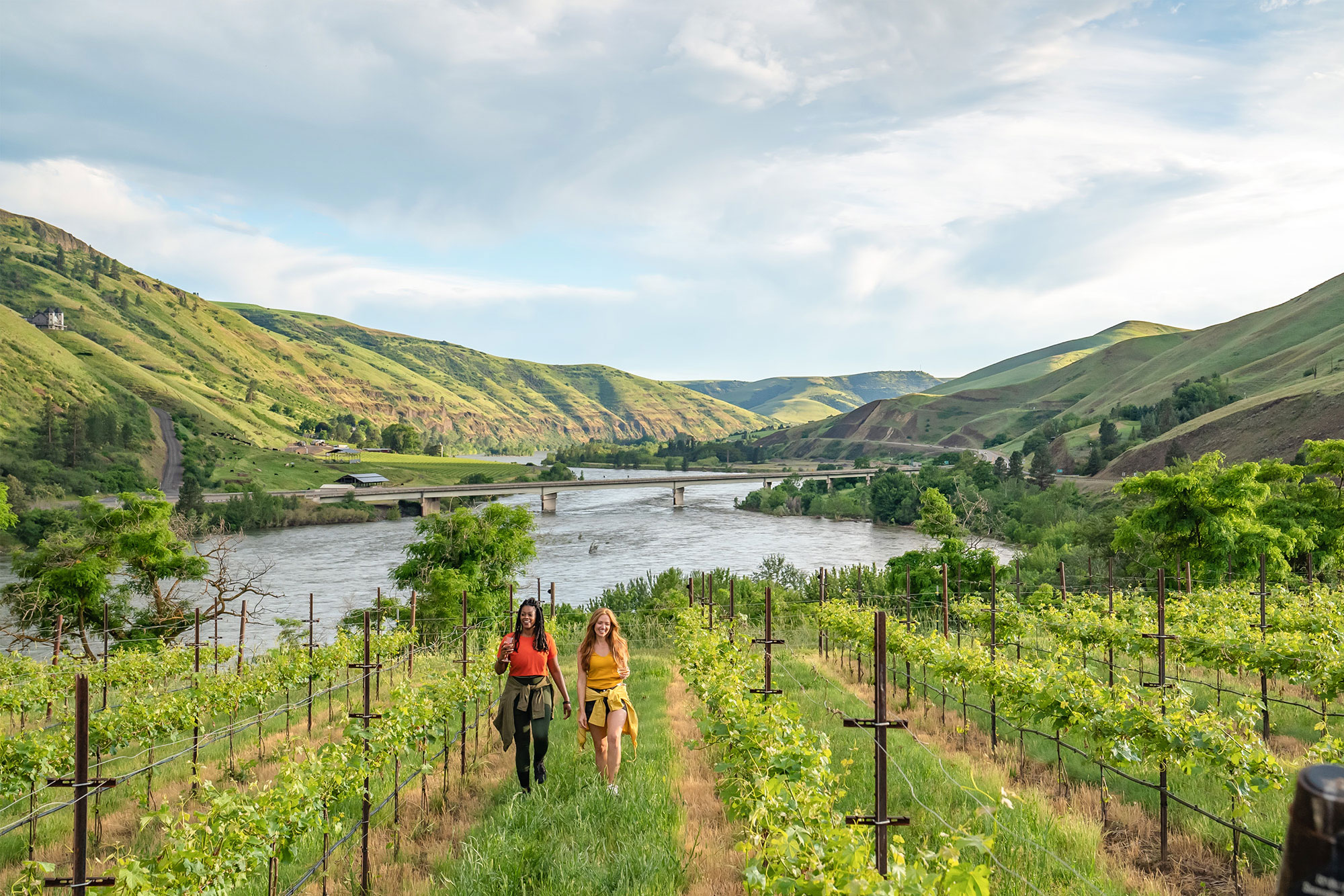
So Much to Explore in Idaho Wine Country
Plan a trip full of unexpected and memorable stops, like unique eateries, landscapes that look like paintings, outdoor activities you can’t do at home, and of course, world-class wineries.
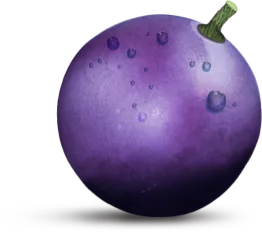
Idaho Wine: A Timeline
2-9
Million Years Ago

Lake Idaho
Ancient Lake Idaho is formed, stretching 200 miles from Weiser to Twin Falls
1865
Crop survives winter
An article dated September 5, 1865
in the Idaho Statesman reported that a vineyard of Royal Muscadine cuttings had been planted early in the spring of the previous year (1864) and it had survived the winter well and was beginning to produce grapes in Lewiston
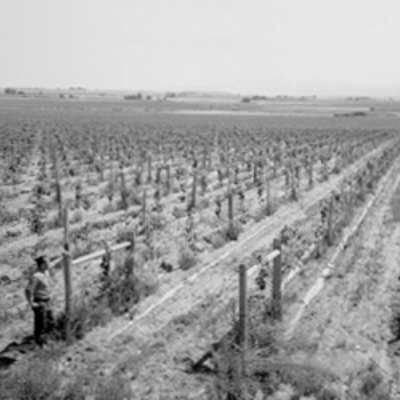
1865-1919
Idaho wine industry booming

1919
Prohibition
Prohibition halts the wine industry across the country with the 18th Amendment
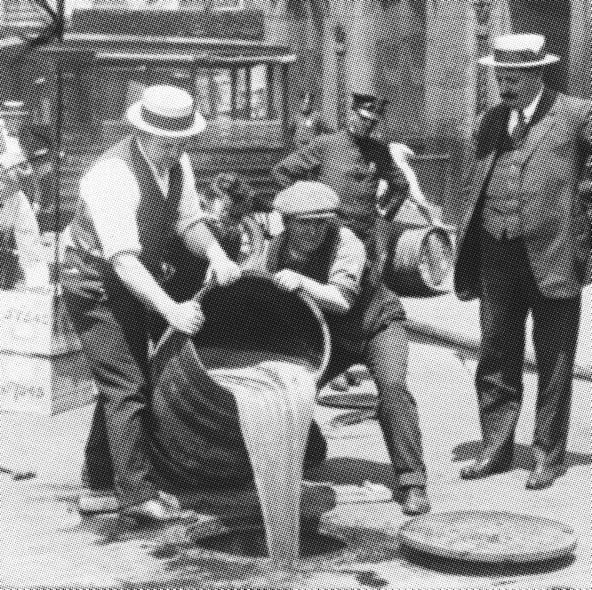
1933

Prohibition ends
Prohibition ends with the 21st Amendment being ratified on December 5, 1933
1935
First winery
First winery to open after Prohibition. “The Garden of Eaves,” owned and operated by Gregory Eaves
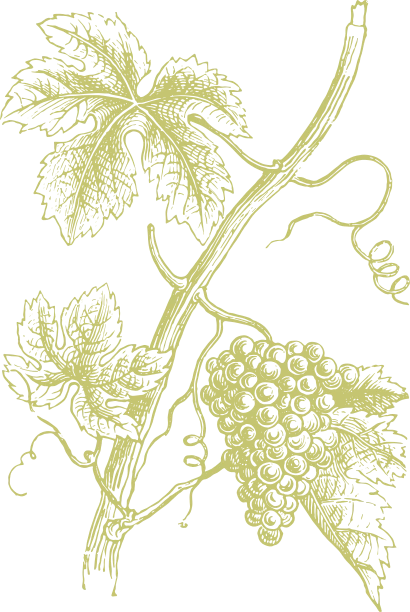
1970s
Chateau Juliaetta
The second bonded winery was established in 1972 in Troy, Idaho, called Chateau Juliaetta. They grew and produced wine from a hybrid grape called Chelois, and they also purchased grapes from some local growers in the valley
1972
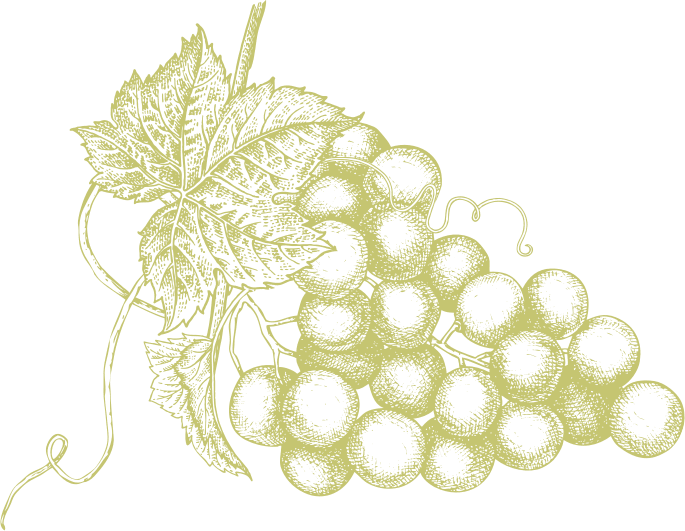
Grapes planted in Snake River Valley
1975
Ste. Chapelle Winery
The state’s largest winery, Ste.
Chapelle Winery, opens

1984

The Idaho Grape Growers & Wine Producers Commission is formed
1999
656 acres of grapes planted

2002

11 wineries in Idaho with more vineyards being planted
2007
Snake River Valley
The Snake River Valley American Viticultural Area (AVA) is approved as a federally designated grape-growing region in Southwest Idaho

2008
$73 million
Boise State University completes study finding that the Idaho wine industry has a $73 million economic impact
2010

43 wineries in Idaho and 1,200 acres planted
2013
Economic impact rises to $169.3 million

2015
Eagle Foothills
The Eagle Foothills AVA is approved as a federally designated grape-growing region within the Snake River Valley AVA

2016
Lewis-Clark Valley
The Lewis-Clark Valley AVA is approved as a federally designated grape-growing region in Northern Idaho
2017
Economic impact rises to nearly $210 million

2023

Over 65 wineries and 8 cideries in Idaho and 1,300 acres planted
Frequently Asked Questions about Idaho Wines
Why is Idaho a great wine region?
Producing incredible wine is our birthright, geographically speaking. With an ideal climate and near famous latitude for growing grapes, it’s no wonder that Idaho is already home to 65 wineries and eight cideries. The warm days, cool nights, and affordable land have drawn passionate and talented winemakers from all over to plant roots here and create some of the most delicious and unique wine you’ll ever taste. Here, you’ll find three AVAs (American Viticultural Areas), or official growing designations with distinctive qualities, spread across six wine growing regions—all with their own unique features and characteristics.
The land, the space, and the communal vibe give us permission to do things a little differently here. We take wine seriously, but never ourselves. And we’re always happy to share a glass with whoever shows up, just as they are.
How many wineries and cideries are in Idaho?
Idaho is home to 65 wineries and eight cideries—and growing. The welcoming culture and wide, open land mean there’s plenty of room and opportunity here for everyone.
How many vineyards are in Idaho?
There are more than 1,300 acres of planted vineyards in Idaho—more than 75 wineries—with room to grow. Making great wine comes naturally here. Literally. Mother Nature herself gifted Idaho with things like a diurnal shift (a.k.a. warm days and cool nights) and rich, diverse soils which produces wildly flavorful grapes. Add in a passionate community of wine-loving experts, and you get something truly spectacular.